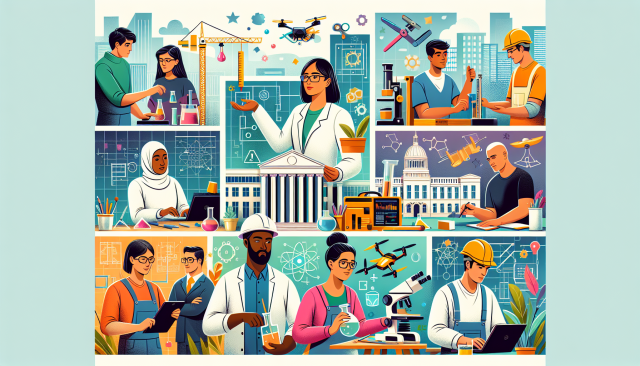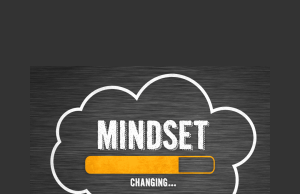Cultivating Growth: How CTE is Shaping Future Success in the Workplace
Cultivating Growth: How CTE is Shaping Future Success in the Workplace
As we step into February and celebrate National Career and Technical Education (CTE) Month, its time to reflect on the evolving landscape of workforce education. In the realm of Human Resources, we have a unique vantage point to witness and influence this evolution. CTE is no longer a secondary player in education; it’s a pivotal force that is redefining what success looks like in the modern workplace. It challenges us to adopt a growth mindset, both as individuals and as organizations.
Historically, success metrics in education and by extension, the workplace, were straightforward. Academic achievements, technical proficiency, and a career trajectory that followed a predictable path were the norm. Enter CTEa movement that reshapes these metrics by placing equal emphasis on technical skills and personal development.
CTE programs are designed to go beyond mere skill acquisition. They aim to instill a growth mindset in students, encouraging them to embrace challenges and view setbacks as opportunities for development rather than failures. This approach nurtures resilience and adaptabilityqualities that are invaluable in todays fast-paced and ever-changing work environments.
For HR professionals, this paradigm shift presents a unique opportunity and a challenge. The opportunity is in the potential to cultivate a workforce that is not only skilled but also committed to continuous learning and improvement. The challenge lies in rethinking how we evaluate and reward success within our teams and organizations. Are we placing adequate value on attributes such as adaptability, problem-solving, and creativity? More importantly, are we fostering environments that encourage these traits?
Embracing a growth mindset within HR practices involves a shift from traditional performance metrics to those that inspire and reward innovation. It means recognizing and nurturing the potential for growth and improvement in every employee. By aligning our organizational values with those promoted by CTE, we can play a pivotal role in redefining success.
As we celebrate CTE Month, let’s commit to integrating its principles into our HR strategies. Let’s advocate for education pathways that equip future employees with the skills and mindset needed for success in the 21st century. By doing so, we not only contribute to the personal success of individuals but also to the sustained growth of our organizations and the broader economy.
The future of work depends on our ability to evolve and adapt, and CTE is leading the charge. Happy National CTE Month! Lets continue to cultivate growth and redefine success in the workplace.































